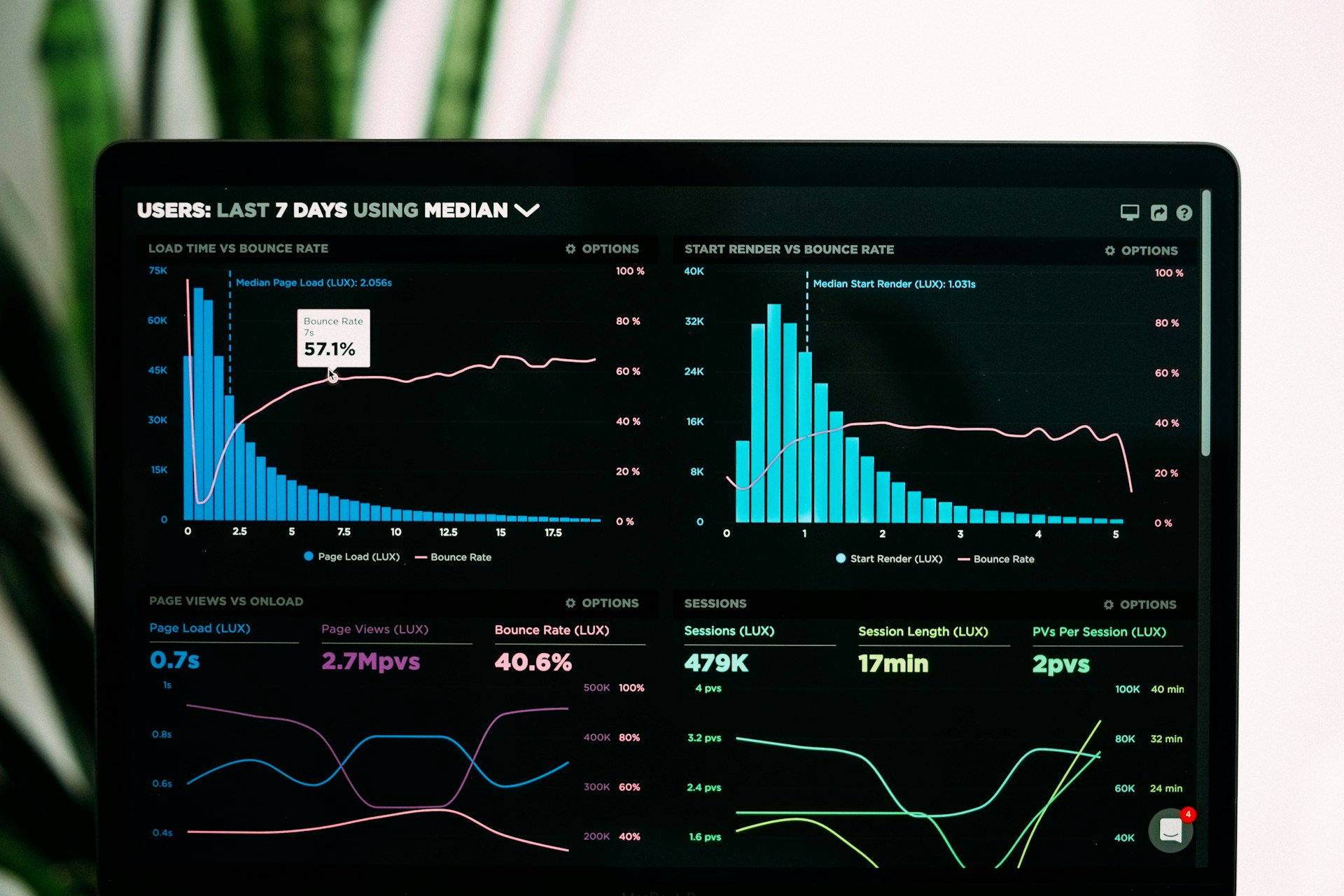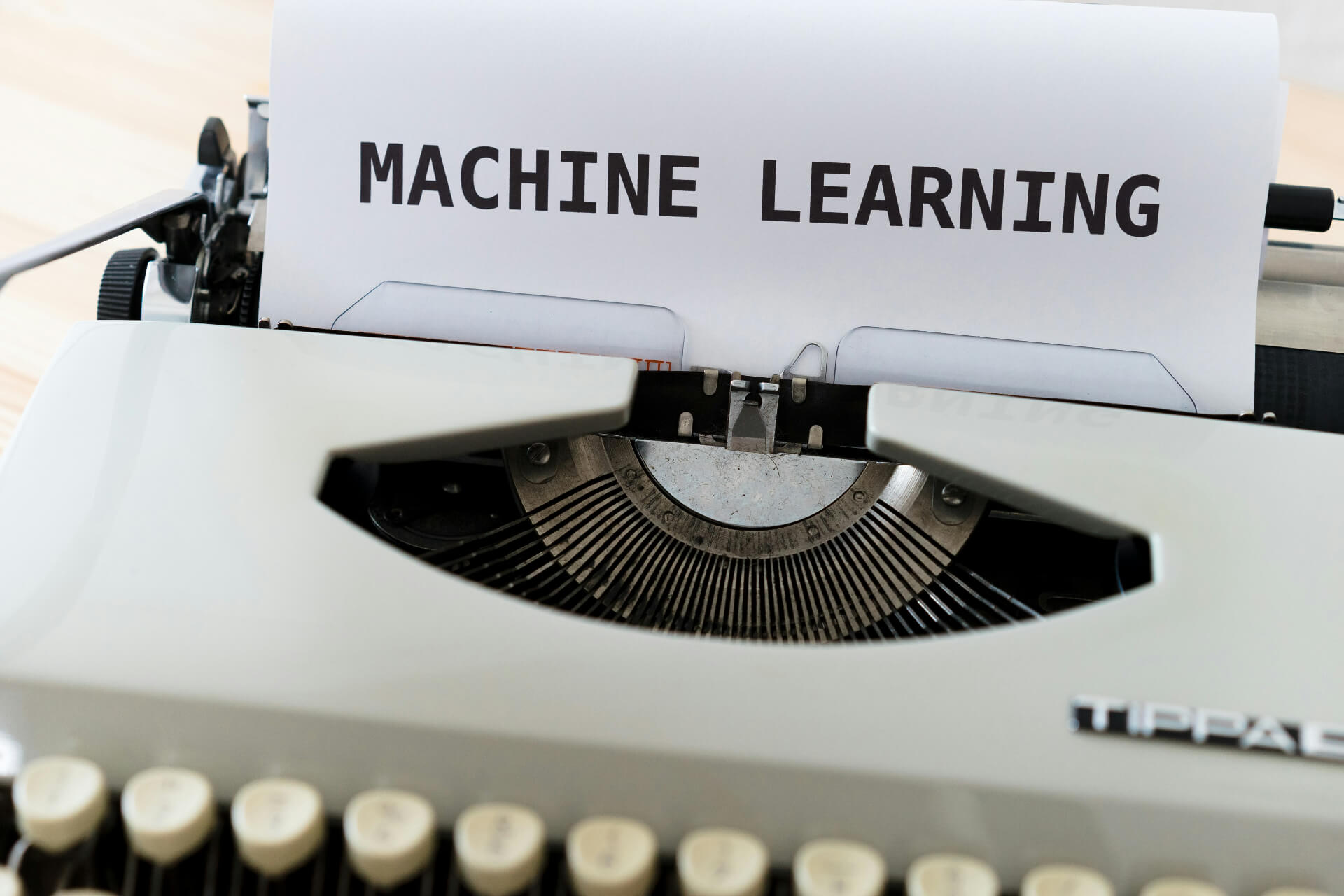
The Role of Probabilistic Graphical Models in Advancing Machine Learning
October 31, 2024 - Emily Newton
Revolutionized is reader-supported. When you buy through links on our site, we may earn an affiliate commission. Learn more here.
As the scope of machine learning (ML) expands, probabilistic graphical models (PGMs) have emerged as powerful tools for representing and reasoning uncertainties within data. This ability to capture unpredictables and dependencies in a structured manner enhances the capabilities of ML systems in tackling real-world challenges.
What Are Probabilistic Graphical Models?
PGMs are dynamic frameworks for modeling how variables influence each other probabilistically and making predictions based on the connections between variables. Imagine a map where each location represents a piece of information and lines connecting these spots show how they interact and affect outcomes.
Understanding this intricate interplay allows researchers to uncover hidden patterns and insights that may not be apparent in raw data.
PGM Classification
PGMs fall into two main categories — directed graphical models and undirected graphical models. Each type has distinct characteristics, structures and applications.
Directed graphical models, also known as Bayesian Networks, represent a set of random variables and their conditional dependencies via a directed acyclic graph. In these models, nodes represent random variables and directed lines indicate the direction of influence or dependency between variables.
The simple illustration below maps the relationships between all variables determining whether a person will arrive at work on time based on a Bayesian Network model.
Example of Bayesian Network | Source: uib.no
Undirected graphical models, also known as Markov Networks, represent a set of random variables with undirected lines, indicating that the variables are mutually dependent without a specific direction of influence. A node is conditionally independent of all other nodes given its neighbors. This property simplifies computation and reasoning about dependencies.
In the diagram below, the nodes represent the relationships between health and sports participation among friends. There are no directional edges because each value depends on its neighbors.
Example of Markov Logic Network | Source: towardsdatascience.com
Applications in Machine Learning
Probabilistic graphical models have found extensive applications across various machine learning domains due to their ability to represent intricate variable relationships while capturing uncertainty.
Classification and Predictability
Bayesian Networks are effective in classification tasks where the goal is to categorize input features into individual classes. This function is handy in training ML models for imbalanced datasets and predicting outcomes.
For example, in ML-assisted medical diagnosis, PGMs could represent the relationships between symptoms and patient characteristics to compute the probability of a disease. A study published in the National Library of Medicine demonstrated that Naive Bayesian classifiers achieved an accuracy of up to 90% in classifying patients with diabetes.
Similarly, PGMs can enhance training for machine learning applications in real estate. A structured model can map the relationships between location, square footage, and the number of bedrooms to predict housing prices, allowing for informed decision-making.
Clustering
Markov Random Fields (MRFs) are particularly useful in clustering tasks for enhanced pattern recognition in machine learning systems. For instance, MRFs can separate an image into distinct regions based on pixel intensities. Armed with this feature, ML programs can help segment tumors by studying images of malignant cells and comparing them to images of healthy tissue.
Natural Language Processing (NLP)
Probabilistic graphical models can effectively capture the complexities and uncertainties inherent in human language, significantly enhancing NLP tasks.
For instance, a PGM can represent the syntax of a sentence as a tree, the meaning of a word as a vector, or the discourse of a document as a network. This versatility allows PGMs to handle the ambiguity and noise in natural language data, accommodating missing or incomplete information, alternative interpretations and conflicting evidence.
PGMs can also improve part-of-speech tagging in NLP systems. Researchers can train a Hidden Markov Model (HMM) to learn the probabilities of word sequences and their corresponding tags. In a 2022 study, HMM-based models achieved an accuracy of around 97% in Bangla part-of-speech tagging tasks, demonstrating their effectiveness in understanding linguistic structures.
Computer Vision
Computer vision is an AI subset that enables computers to understand visual information from the world by simulating human visual perception. PGMs and ML techniques play a crucial role in this function by modeling the visual data’s complex dependencies and uncertainties.
This approach streamlines tasks such as object detection, image segmentation, and facial recognition through structured representations and learned patterns from training datasets. For example, MRFs can accurately segment road signs, pedestrians and vehicles to improve safe navigation in self-driving car technology.
Causal Inference
Understanding causal relationships is essential for training machine learning programs across various fields. PGMs are vital to accurately modeling cause and effect for improved decision-making. For example, PGMs can model causal relationships in epidemiology to represent the effect of smoking, diet and exercise on the likelihood of developing heart disease.
Challenges and Future Directions
Despite their strengths, probabilistic graphical models face several issues that researchers and practitioners must address to unlock their full potential. Addressing these challenges will be crucial for advancing the effectiveness of PGMs and ML in real-world scenarios.
Training Data Reliability
PGMs and ML models are only as good as the data on which they operate. According to expert estimates, low-quality inputs can cost an entity up to $12.9 million yearly from inaccurate or missing outputs. Employing advanced data cleansing methods is critical to addressing these concerns. This process analyzes training datasets for inconsistencies and duplicates, ensuring input and output reliability.
Scalability
As the number of variables in a model increases, the computational complexity of both learning and inference can grow exponentially. This is particularly problematic in large-scale applications, such as social network analysis or genomic studies, where the number of interactions or features can be vast.
Integration with Deep Learning
While PGMs excel at modeling uncertainty and dependencies, they often struggle with high-dimensional continuous data. The challenge lies in effectively integrating these two paradigms to leverage their respective strengths. Approaches like Variational Autoencoders (VAEs) integrate neural networks with probabilistic models, allowing for richer representation and generative capabilities.
Explore Probabilistic Graphical Models in ML and AI
The applications of PGMs in machine learning are vast and impactful, ranging from health care and causal inference to NLP and computer vision. By providing a structured way to represent and analyze complex dependencies among variables, PGMs improve predictive accuracy and decision-making. As ML continues to evolve, integrating PGMs with modern methodologies will yield even more powerful tools for tackling complex real-world challenges.
Revolutionized is reader-supported. When you buy through links on our site, we may earn an affiliate commission. Learn more here.
Author
Emily Newton
Emily Newton is a technology and industrial journalist and the Editor in Chief of Revolutionized. She manages the sites publishing schedule, SEO optimization and content strategy. Emily enjoys writing and researching articles about how technology is changing every industry. When she isn't working, Emily enjoys playing video games or curling up with a good book.







